Undisputed masters on set, even the great directors can come off second best in a showdown over a Burbank boardroom table. The director’s cut has proved a handy way of restoring jobbed theatrical cuts to their intended form. Some improve the original out of sight (Daredevil), some do the exact opposite (the ‘Love Conquers All’ edit of Brazil), and some just add seafood (Spartacus). But why didn’t they appear in this form originally? We investigate some of the most famous examples…
Theatrical release running tim__e: 153 mins
Redux running time: 202 mins
Backstory:
The production of Apocalypse Now was like filmmaking reimagined by the writers of Lost. There was the humid, camera-snagging jungle, illness, typhoons, psychological breakdowns, overweight stars, disappearing helicopters and yet more illness. All that was missing was an outbreak of psychotic polar bears. A calm 20 week schedule stretched into 14 clammy months mired in the Philippines, overseen with increasing desperation by Francis Ford Coppola for whom every day seemed an opportunity for fresh calamity. The temptation to get off the boat must have been overwhelming. Instead, he reached further into his own pockets and borrowed a motza from United Artists. Under pressure to release a film that had picked up the moniker ‘Apocalypse Never’ by an increasingly sceptical media, Coppola and Walter Murch edited 1.25m feet (or 200 hours) of film into a 153 minute theatrical cut that lacked nothing in terms of narcotic genius but shed some of the historical context of John Milius’ script.
What we missed***:
Like Ridley Scott on Kingdom Of Heaven, Coppola was deterred by screening reactions. “The first people saw it and said, ‘This is surreal,’ he reflected. “I got sort of shy, and so we cut it. Years later, I was in a hotel room in London and it came on, and I watched and I thought, ‘Hey, this isn't strange at all.’ I realized that over the years we, the audience, had changed.” And so the Redux version was born. Reunited with Murch, Coppola recut from the dailies, adding 49 minutes to Willard’s lysergic journey into Conrad’s heart of darkness. The odyssey is given humour (the theft of Kilgore’s surfboard), context (a now more, ahem, rounded Colonel Kurtz reads Willard a Time magazine article on the war) and richness (the Technicolor dye-transfer transfer).
What we could have lived without:
The plantation scene is the weak link. Does Apocalypse Now really need a moody love scene? Aurore Clément apart, the contextualising feels a bit clunky (let’s blame the French!) and the dinner party set piece, basically a potted lesson of Indochinese history, drains the pace from the film. The added Playboy Bunnies don’t add much either. And we don’t say that lightly.
***Improvement? ***
It may be Coppola’s preferred version but it’ll polarise fans forever. The trimmer, shorter version remains the definitive cut.
Theatrical release running time: 106 mins***
Special Edition running time***: 122 mins
Backstory:
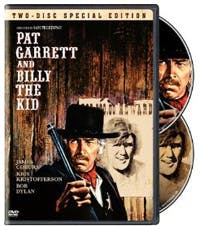Back%20in%20volatile%20%E2%80%9870s%20there%20were%20subtle%20ways%20to%20spot%20when%20a%20director%20was%20unhappy.%20One%20was%20when%20they%20took%20out%20a%20massive%20ad%20in%20The%20Hollywood%20Reporter%20slagging%20off%20the%20studio%20%E2%80%93%20and%20for%20that,%20Sam%20Peckinpah%20take%20a%20bow.%20Presiding%20over%20the%20chaotic,%20flu-ridden%20Mexican%20set%20of%20Pat%20Garrett%20And%20Billy%20The%20Kid,%20the%20maverick%20director%20had%20swatted%20aside%20flies%20to%20write%20an%20out-there%20poisoned%20pen%20letter%20to%20MGM,%20a%20typically%20muscular%20but%20ill-fated%20reaction%20to%20studio%20interference.%20MGM%20honcho%20James%20Thomas%20Aubrey%20had%20watched%20dailies%20from%20Peckinpah%E2%80%99s%20Vietnam-era%20Western%20aghast,%20demanding%20reshoots%20and%20lopping%20the%20budget.%20It%20was%20a%20perfect%20storm%20of%20booze,%20mood%20swings,%20personality%20clashes%20and%20an%20MGM%20debt%20to%20make%20Burbank%20accountants%20weep.%20To%20Aubrey,%20Peckinpah%E2%80%99s%20wizened%20ode%20to%20the%20Old%20West%20was%20little%20more%20than%20a%20big%20red%20slodge%20on%20the%20balance%20sheet.%20He%E2%80%99d%20taken%20on%20directors%20before%20%E2%80%93%20successfully%20(Blake%20Edwards)%20and%20otherwise%20(David%20Lean?auto=format&w=1440&q=80)
What we missed:
It’s fair to say that, money worries aside, MGM just didn’t get Peckinpah’s film. What the hell was it about? Why with the curly-haired folk singer? And where were all the Gatling guns? Peckinpah’s use of multiple set-ups also raised blood pressure. Too much shooting, not enough shooting was the view. Film historian and editor Paul Seydor’s 2005 special edition wouldn’t have pleased them either. He adds 18 minutes, restoring a number of scenes, including Pat Garrett’s poignant, world-weary exchange with his wife, missing from the original. The colour saturation and soundtrack enhancement make eyes and ears happier.
What we could have lived without:
Peckinpurists would argue ‘all of it’. Seydor’s restoration of the Dylan-accompanied cinematic credits to the 1988 Turner Preview Edition muddies the opening, while the scene where Ruthie Lee spills Billy the Kid’s whereabouts (it’s Fort Sumner, everyone!) under duress is another take-it-or-leave-it pick.
***Improvement? ***
Nope. Seydor’s claim to have executed the director’s vision will be picked over forever but the languid rhythm definitely gives way to a neater, less Peckinpah-like cut. The director’s own cameo is pared down and the repetition of Pat Garrett’s death scene goes the way of Garrett himself. Seydor also gets rid of a line (“What you want and what you get are two different things") that’s practically a motif for Peckinpah’s experiences on the movie, and another (“I’ll take you for a walk through hell on a spider’s web”) that’s as poetic as it is oblivious to the laws of physics.
Theatrical release running time: 121 mins
Special Edition running time: 124 mins
Backstory:
On October 31, 1994, George Lucas sat down to start writing what was then simply called Star Wars Episode I. The technological advancements showcased in Jurassic Park — CGI effects courtesy of Lucas’ ILM — had convinced him that he could realize his vision without any of the technological limitations that hampered the making of the original trilogy. Yet revisiting the Star Wars universe served only to highlight Lucas’ dissatisfaction with what he saw at the shortcomings in the first films. He decided to create a Special Edition with reinstated scenes, digital enhancements and spruced up images and sound to mark Episode IV’s 20th anniversary. “We called it an experiment in learning new technology,” says Lucas, “and hoped that that the theatrical release would pay for the work we had done. It was basically a way to take the thorn out of my side and have the thing finished the way I originally wanted.”
What we missed:
Few special editions have raised fans’ hackles higher than the Star Wars SE, but there are some improvements. The shot of the sandcrawler moving through the desert is an improvement on the original and Lucas has also dynamised the final space battle with more vertigo-inducing camera moves. He also gets rid of the blue forcefield below the landspeeder as it enters Mos Eisley. It was also fun to see a bantering Luke and Biggs exchange before going into battle, even if it adds little to the drama.
***What we could have lived without: ***
There is enough discussion of Greedo shooting first to fill up chat rooms until the end of time — in a fun nod to the fans, Lucas sported a Han Shot First T-shirt on the set of Indiana Jones And The Kingdom Of The Crystal Skull – so we’ll draw a veil over that. There was no need to populate Mos Eisley with scampering critters, rearing rontos or make the wretched hive of scum and villainy look like Lakeside Thurrock with its extra buildings. There was also no need to bolster the amount of stormtroopers waiting for Han in the Death Star corridor or add moving dewbacks to the “Look, sir, Droids!” scene. And the Solo-Jabba confrontation, while again interesting to see, features a badly animated Jabba and pretty much the same exposition covered by the Greedo scene.
***Improvement? ***
No. The film was tweaked again for the 2004 DVD reissue — Han and Greedo shoot together here — and it is this version that will appear on the Blu-ray next year. Yet this won’t be the last iteration: "James Cameron's monster hit (Avatar) has convinced me that the technology has evolved to the point where he was willing to reconfigure the outer space series so it could be viewed in three dimensions,” says Lucas.
Theatrical running time: 134 mins
Love Conquers All running time: 94 mins
Backstory:
This version is emphatically not a director’s cut. The clashes between director Terry Gilliam and Universal — specifically Universal’s then-boss Sid Sheinberg — during the edit of dystopian dark-com Brazil are well chronicled, not least in Jack Mathews’ superbly detailed book The Battle Of Brazil. The studio took issue with the running time (almost two-and-a-half hours) and the film’s downbeat ending — which also happens to be one of the best gut-punch denouements in cinema history. Yet it’s a misconception that Gilliam was entirely denied final cut. The version released in the UK and Europe (Universal was only releasing Brazil domestically) *is *Gilliam’s favoured cut. It’s just that Sheinberg was loath to release it in the States, leading Gilliam to take out an ad in Variety asking him when he was going to release his film. In the end, Gilliam was allowed to retain his ending, but reluctantly agreed to snip the film down from 142 to 131 minutes. However, two more cuts do exist: Another 142-minute version with a slightly tweaked opening — which Gilliam did for Criterion’s 1996 Laserdisc box set — and the infamous ‘Love Conquers All’ iteration, which is a full 48 minutes shorter than Gilliam’s cut, and was spliced by Sheinberg’s men without the director’s knowledge or consent. With an entirely different ending (yes, a happy one), this evisceration of Gilliam’s vision was screened on US syndicated TV, and survives as a DVD-extra curio on Criterion’s excellent three-disc set.
What we missed:
After Jill (Kim Greist) rescues Sam (Jonathan Pryce) from Information Retrieval, we witness some incongruously cheesy footage of her on a sun-dappled farm, arranging flowers while looking lovingly at a sleeping Sam. There’s then a clumsy cut from a painting of an angel hanging on the wall to the winged Dream-Sam soaring into the clouds with Dream-Jill. Roll credits.
What we could have lived without:
See above.
***Improvement? ***
It’s as far from an ‘improvement’ on the original as is conceivable: utterly incoherent, unforgivably slapdash and inherently disrespectful to a wildly imaginative film-maker operating at his peak. Well worth seeking out, if only to see just how bad a studio hack-job can be.
Theatrical release running time: 175 mins
Alexander Revisited running time: 220 mins
Backstory:
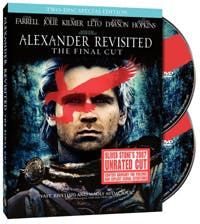Alexander%20was%20Oliver%20Stone%E2%80%99s%20passion%20project%20from%20his%20days%20at%20NYU,%20a%20rollicking%20biopic%20of%20a%20man%20who%20literally%20ran%20out%20of%20people%20to%20conquer.%20So%20when%20Stone%20arrived%20at%20Cannes%20in%202003,%20finally%20with%20completed%20script%20in%20hand,%20looking%20for%20financing%20with%20producer%20Moritz%20Borman,%20he%20was%20alarmed%20to%20find%20Baz%20Luhrmann%20and%20Dino%20De%20Laurentiis%20in%20town%20touting%20a%20separate%20project%20about%20the%20curly-haired%20conquerer.%20It%20was%20the%20Hollywood%20equivalent%20of%20a%20seaside%20treasure%20hunt.%20De%20Laurentiis%20and%20Luhrmann%20boasted%20DiCaprio%20(Alexander)%20and%20Kidman%20(Olympias?auto=format&w=1440&q=80)
What we missed:
The two-disk Alexander Revisited is the true director’s cut of the film. It even comes with a handy intermission to give you time to digest Alexander’s now more layered relationships and make yourself a cup of tea. Looking back, Stone talked freely about having short-changed the story of history’s most violent tourist. In 2007 he put it right with a cut he promised would be his Cecil B. DeMille version, saying: “I'm going to go all out, [and] put everything I like in the movie.” This means a less prudish take on Alexander’s multiple bromances, a lot more of Rosario Dawson as his wife, and plenty more of Angelina Jolie and Val Kilmer as Alexander’s pushy parents. Unfortunately the blow-dry blond hair stays the same.
What we could have lived without:
Most of the shortcomings come down to casting. Colin Farrell’s earnest Alexander still lacks the blast-furnace intensity of a man who conquered his first country at an age when the rest of us were still in nappies. Angelina Jolie, only a year older than Farrell, remains an odd choice to play his mother.
***Improvement? ***
Out of sight. The cinematic cut was ambitious but messy, the 2005 arguably even more tangled, but this is more coherent and satisfying, as befits a figure as complex and polarising as Alexander. And if that’s not enough, there’s 10% more elephants.
Theatrical release running time: 132 mins***
Special Edition running time***: 135 mins
Backstory:
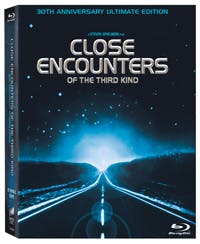It%20was%20imperative%20that%20Steven%20Spielberg%20delivered%20Close%20Encounters%20for%20its%20December%201977%20release%20date.%20Columbia%20studios%20was%20facing%20bankruptcy,%20so%20Spielberg%20rushed%20the%20post%20production%20to%20get%20the%20movie%20out%20on%20time.%20Three%20years%20later,%20with%20the%20studio%20back%20on%20its%20feet%20(thanks%20in%20no%20small%20part%20to%20this%20film%E2%80%99s%20success)%20Spielberg%20revisited%20his%20pet%20project%20with%20one%20addition%20he%20came%20to%20regret%20%E2%80%94%20Roy%20Neary%20(Richard%20Dreyfuss?auto=format&w=1440&q=80)
What we missed:
In the 1980 version, Spielberg reinstated more scenes of family life in the Neary household, from light comedy — Neary trying to persuade his kids to see Pinocchio over goofy golf — to high drama, a really powerful scene with Roy Neary freaking out, taking a shower with his clothes on, with his wife yelling at him for destroying their family. Spielberg also shot a new scene involving the International UFO Investigation Team discovering the SS Cotopaxi in the middle of the Gobi desert. Featuring Bob Balaban (but not François Truffaut), the scene doesn’t add much more to the movie than the discovery of Flight 19 in the opening scene, but it does take the search to a more global level and is interesting in its own right.
What we could have lived with out:
Some of the biggest crimes of the Special Edition involve some of the great moments that have been cut from the original; the farmer’s line during the car chase “They can fly rings around the moon but we’re years ahead”; the air force base press conference where the farmer tells the crowd that he once saw Bigfoot; Roy being turned back at Devil’s Tower by an armed guard (played by Apollo Creed himself, Carl Weathers) and, most heartbreaking of all, the terrific scene where Roy throws bricks an plants through his window to create Devil’s Tower in his living room. Yet the biggest travesty of all comes at the end where Roy Neary (three years on from the original shoot and with Dreyfuss sporting a perm) enters the Mothership and we get to gaze in awe at the spacecraft interior. We see colourful machinery, celestial energy and rows of tiny aliens packed into what looks like an extra-terrestrial housing project. It is pretty but dissipates all the wonder and mystery of the original. “I really feel that the inside of the ship was the exclusive property of audiences everywhere,” Spielberg reflected. “I should never have gone there.”
***Improvement? ***
The Special Edition opened to a muted to critical and public response. In 1998, Spielberg released The Collector's Edition, coming in at 137 minutes, that is a kind of compilation of the best bits — Now That’s What I Call Close Encounters — of the ’77 and ’80 versions (it doesn’t go inside the Mothership). All three versions are available on the current Blu-ray but this last one is the best.
Theatrical release running time: 127 mins
Richard Donner Cut running time: 116 mins
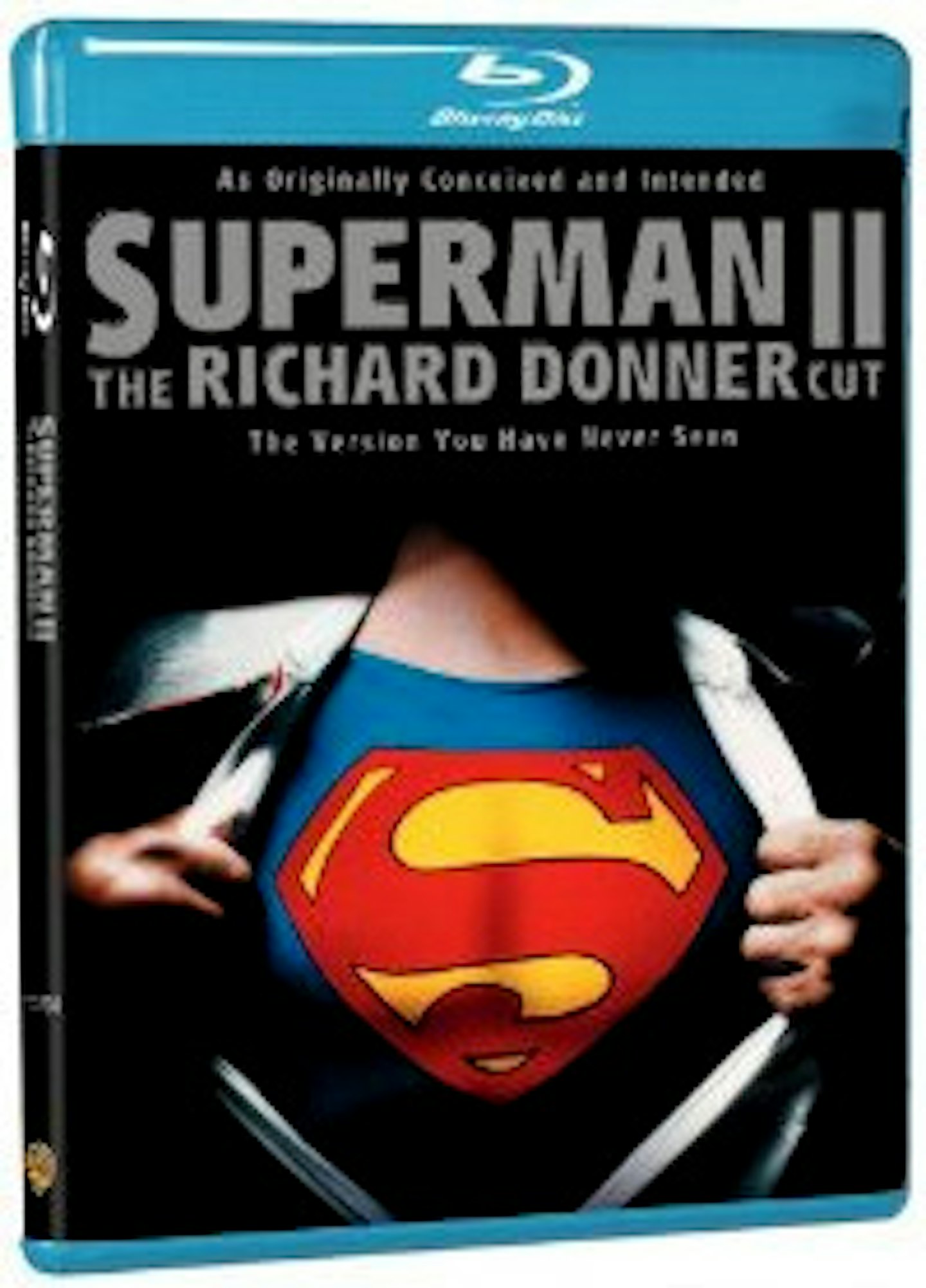
Is it a bird? Is it a plane? Nope, it’s a massive movie barney. At its heart was Richard Donner and father-and-son producer team the Salkinds, an on-set relationship crackling with animosity. While Donner was attempting to film Superman I and its sequel concurrently, the producers, worried by budget overruns and the prospect of box-office failure, suspended the shoot until the first film was released. As it turned out, Superman stormed the box office. What happened next is disputed. Ilya Salkind claimed Donner played the prima donna: “Mainly what happened is that Dick Donner started acting, after the enormous success of the first film, saying he’d only do the second his way.” Donner and writer Tom Mankiewicz remember it differently. “Donner and the Salkinds just loathed each other,” reflected Mankiewicz. “Donner had called them assholes in print.” The pair dubbed the subsequent movie, with Musketeer director Richard Lester replacing Donner, ‘Close Encounters Of The Salkind’. Twenty eight years later enthusiasm on Superman forums persuaded Warners and a reluctant Donner to recut the film using six tonnes of footage discovered buried in an English vault. Finally Superman II had the Donner imprimateur.
What we missed:
Marlon Brando. The Salkinds insistence that Lester remove all the Jor-El footage to avoid paying Brando 11.75% of the back-end unbalances the film and removes a key part of Supey’s arc. That quest for humanity in the Fortress of Solitude is back in Donner’s version, complete with 15 minutes of Brando. There’s also a clearer link with the first film – the super-villains are released by those exploding nukes – and Lois’ test of Clark Kent moves from Niagara Falls to a plunge from the Daily Planet. Most of all the often whimsical tone of Lester’s edit, especially the hammy Lex Luthor scenes, is replaced with a straighter superhero movie.
What we could have lived without:
Lois’ tricking of Clark – instead of falling into a fire, she now shoots him with blanks – is a cleverer scene but with Donner forced to use footage from Margot Kidder and Christopher Reeve’s screentest, it looks and feels different from surrounding scenes.
***Improvement? ***
Yes. This cut – 80% Donner footage, compared to only 30% in the original – is the version fans had been waiting for.
Theatrical release running time: 144 mins
Director’s Cut running time: 190 mins
Backstory:
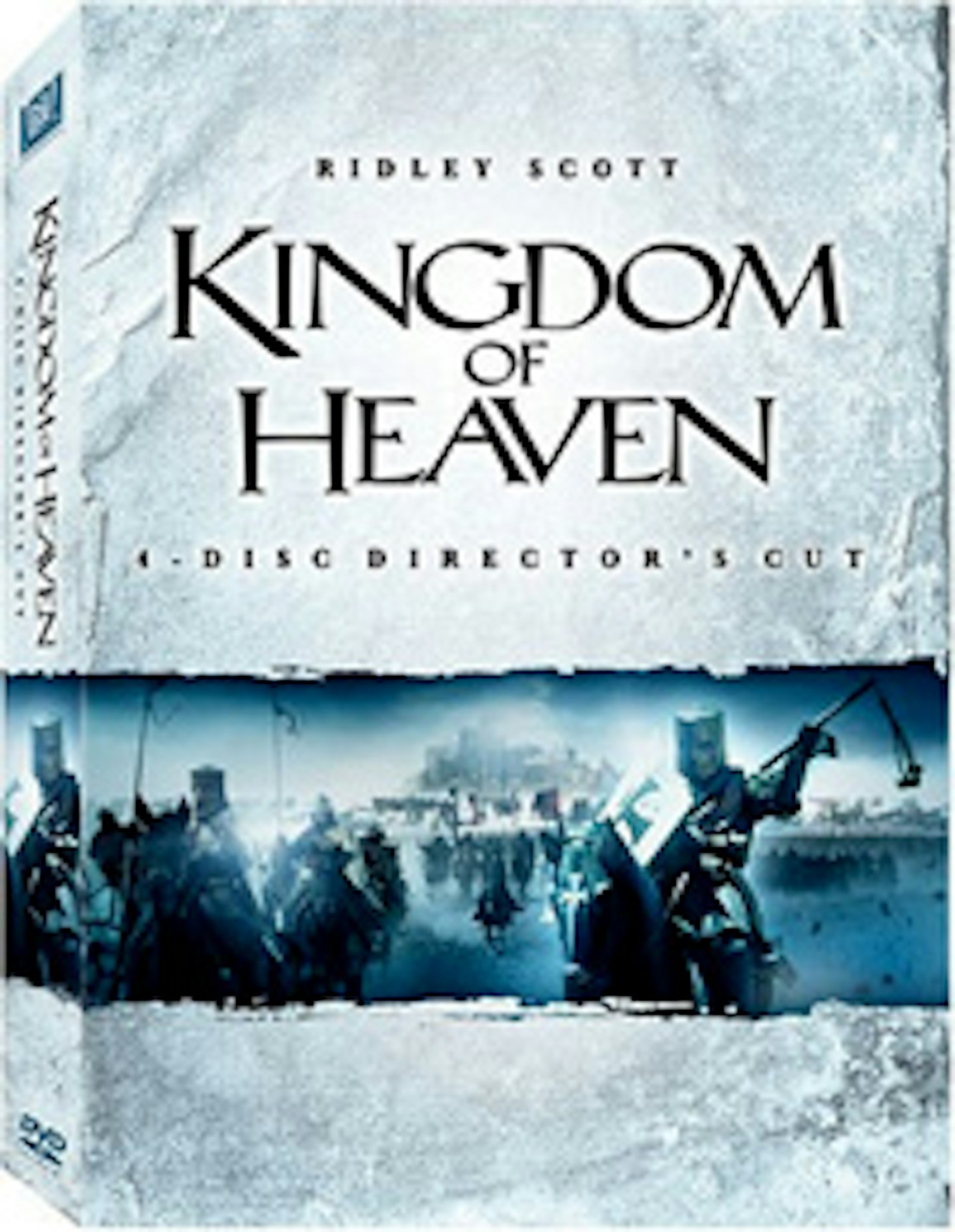
What we missed:
The added 45 minutes in the 1995 Director’s Cut are like pieces missing from a beautiful but incomplete puzzle. The nuance of William Monahan’s tome-like screenplay is back, characters that were previously ciphers are made three-dimensional (Eva Green’s Sibylla and Edward Norton’s leprosy-ridden king especially) and there’s even a classic end-of-movie good guy/bad guy showdown to thrill fans of that kind of thing. We first meet Balian languishing in jail after his wife’s suicide, and learn about his animosity with his half-brother, Michael Sheen’s village priest, down to a long-standing grudge over their inheritance. A poignant subplot in which Sibylla euthanises her son Baldwin V, another leprosy sufferer, is restored too.
What we could have lived without:
That end-of-movie good guy/bad guy showdown, if we’re honest. It’s superfluous to the action as by this point Guy de Lusignan is a well-beaten foe. Even Ridders describes it as trite. “I just played it out like The Duellists in the backyard somewhere,” he remembers. The studio wanted it in though, which goes to show that even a director’s cut isn’t always exactly that.
***Improvement? ***
“This is the one that should have gone out,” reflected Scott when the Special Edition finally saw the light of day in 2005. He’s right, it’s better by far: epic where the theatrical release was truncated, full of detail and a landscape inhabited by rounded characters.
Theatrical release running time: 137 mins
Special Edition running time: 154 mins
Backstory:
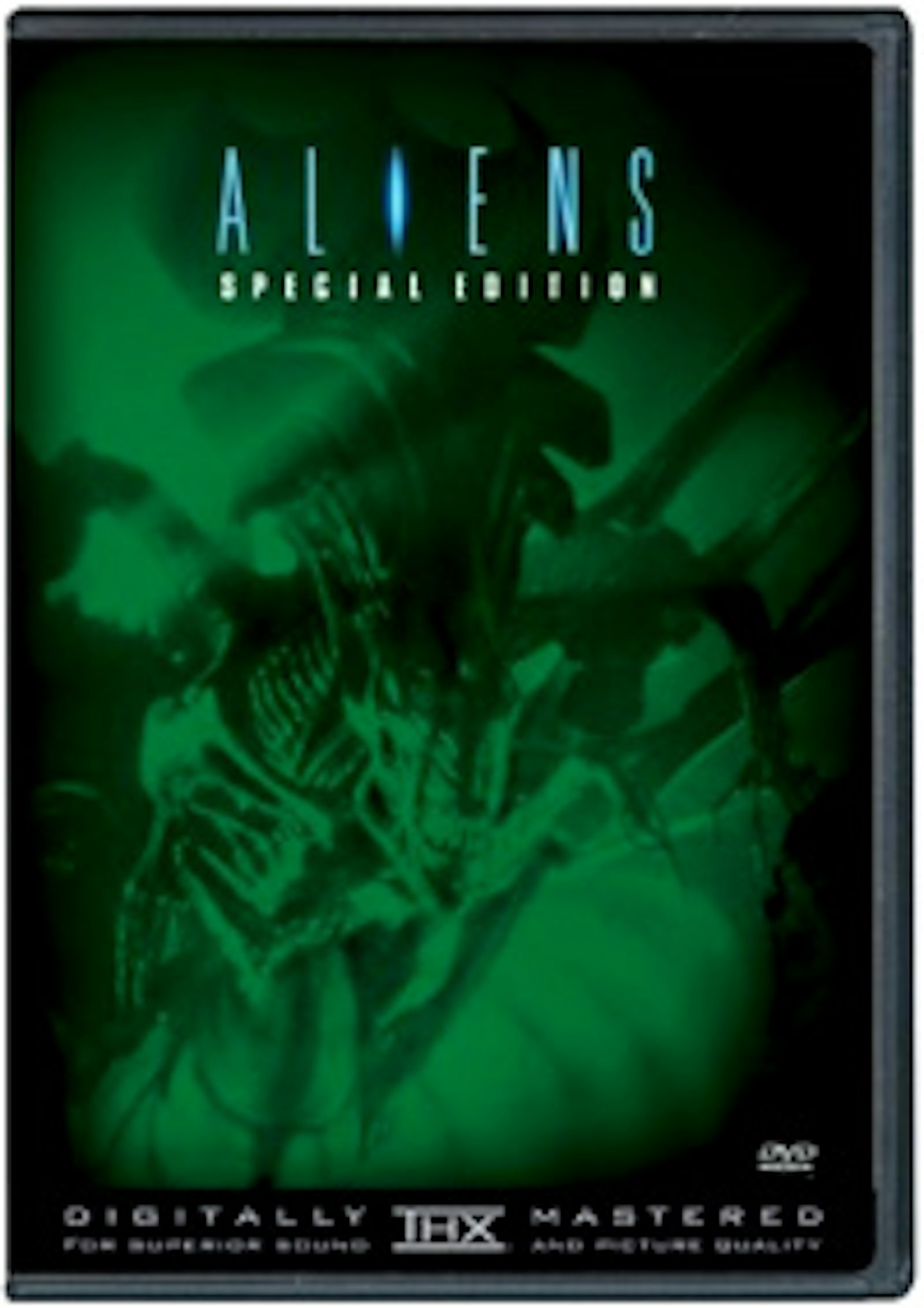
What we missed:
Welcome back sentry guns, we missed you. That scene, in which all that stands between Ripley, Newt and the surviving colonial marines and a serious cocooning are two alien-kersploding cannons, is a massive enhancement and short enough to make you wonder why it wasn’t in the original cut. The rapidly depleting ammo counter cranks up the tension to chestbusting levels.
What we could have lived without:
The addition of the terraformers’ back story gives pathos to Newt’s parentless plight but isn’t strictly necessary. The arrival of the Colonial Marines at the terraforming station tells us everything we need to know about the perils of daytripping around strange planets.
***Improvement? ***
We’re saying the more Aliens the better – and the sentry guns are an especially ace addition – although the version is sometimes plighted by a grainy transfer (Cameron has recently promised a remastered version).
Theatrical release running time: 116 mins
25th Anniversary Edition running time: 117 mins
Backstory:
With the acclaimed The Duellists and Alien on his CV, as well as more than 2000 commercials, Ridley Scott expected free reign on the set of Blade Runner. What he got instead, as he has since noted wrily, was “a lot of help.” Famously he was prevented from operating the camera and denied final cut. “I did have a reputation for being rather bad tempered,” he reflects of a shoot that was also troubled by crew dissent. With its tagged-on happy ending, cut and pasted from Shining footage, and Harrison Ford’s begrudging voiceover the theatrical release didn’t correspondent with Scott’s vision for the sci-fi noir. Much to Scott’s chagrin, Deckard’s unicorn dream sequence was jettisoned. In 1992, Warner Bros. released its Director’s Cut that cleaved closer to that vision using a 70mm print. The voiceover and happy ending were removed and the unicorn dream added, but it wasn’t until the 25th Anniversary Edition or ‘Final Cut’ in 2007 that Scott got his true version of Blade Runner to the screen.
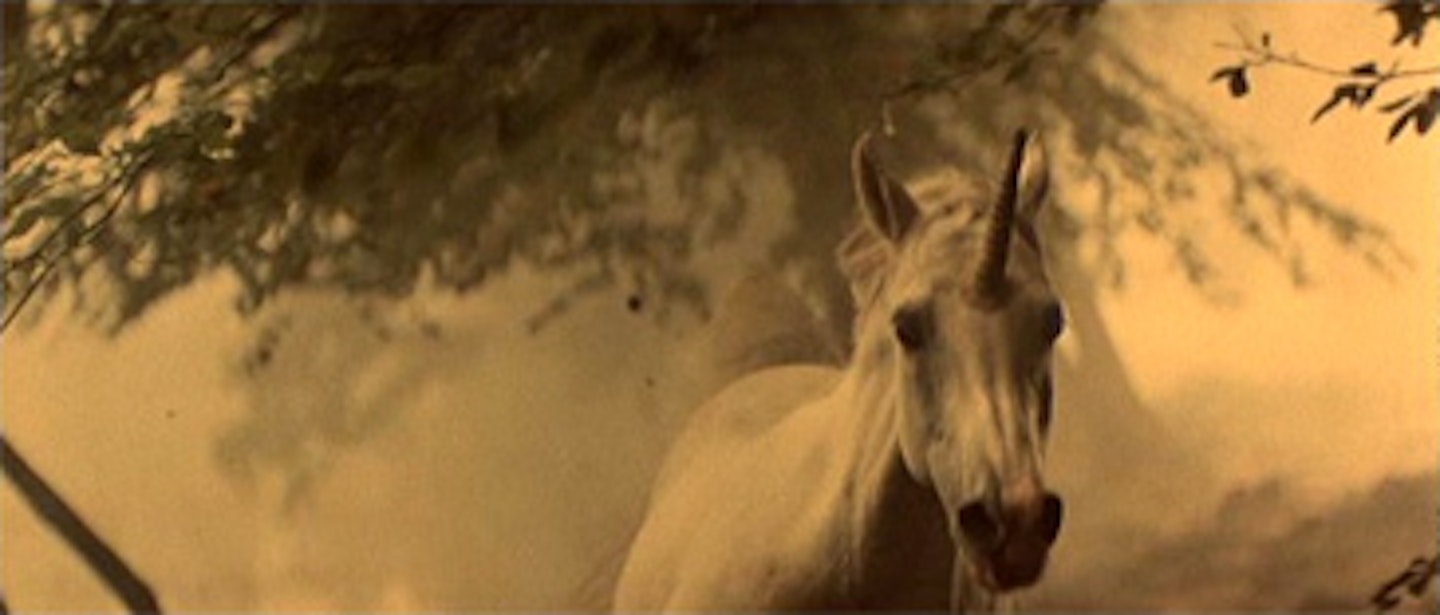
What we missed:
The unicorn dream sequence is restored in its entirety for the 25th Anniversary Edition, with Deckard shown to be awake throughout. It’s a crucial addition and had been a major point of contention with the studio. “There was too much discussion in the room,” says Scott. “I wanted it. They didn't want it. I said, ‘Well, it's a fundamental part of the story.’ And they said, ‘Well, isn't it obvious that he's a replicant here?’ And I said, ‘No. No more obvious than he's not a replicant at the end. So, it's a matter of choice, isn't it?’” The technical polish (a frame-by-frame digital remastering) give the dystopian LA cityscape a neon sheen.
What we could have lived without:
None of it.
***Improvement? ***
Definitely. This is Blade Runner as it was always intended, the last word on a sci-fi masterpiece.